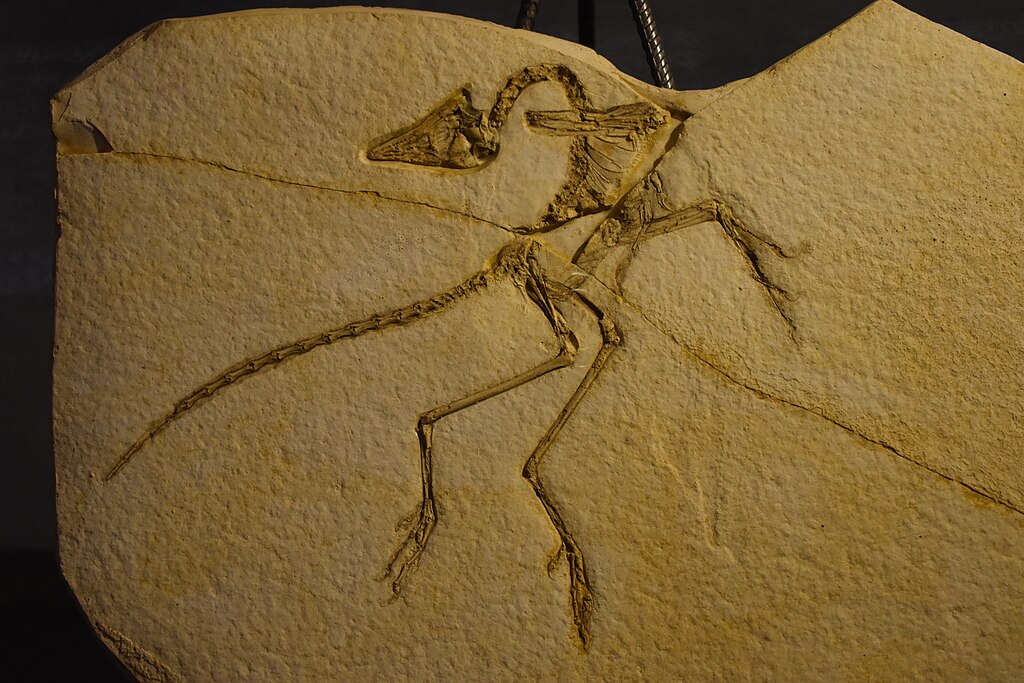When we imagine the mighty Tyrannosaurus rex, we often picture a creature of immense proportions, towering over the prehistoric landscape. To help modern minds grasp the true scale of this ancient predator, comparing it to familiar objects like school buses provides valuable perspective. This comparison not only highlights the impressive stature of the T-rex but also helps us understand how these magnificent creatures fit into their ecosystem. Let’s explore how the king of dinosaurs measured up against one of the most recognizable vehicles on our roads today.
The Basic Dimensions of Tyrannosaurus Rex
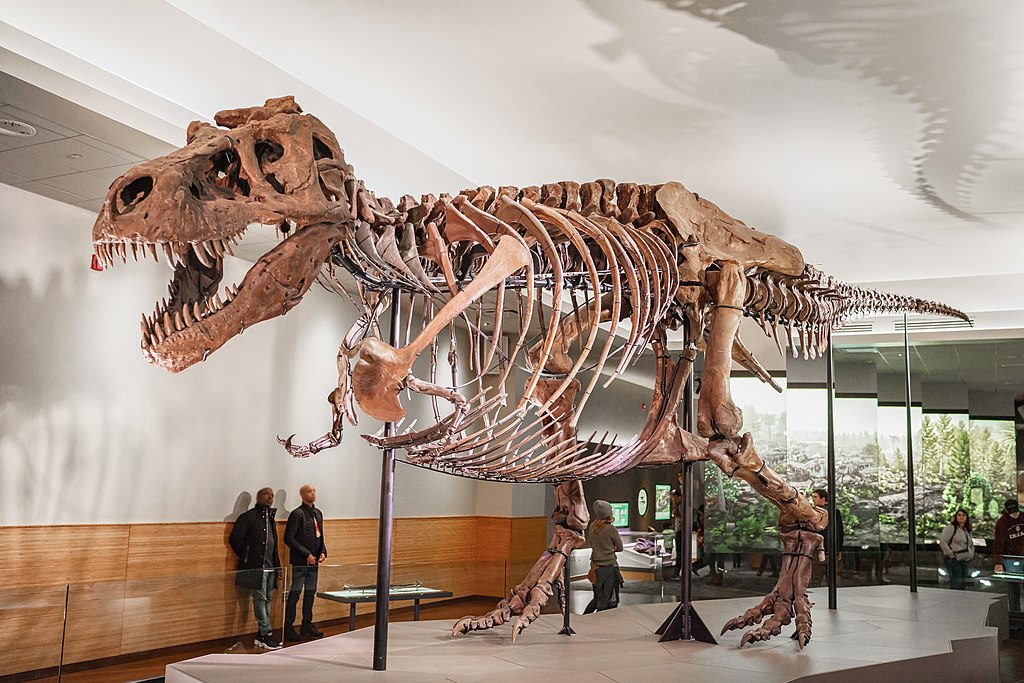
Tyrannosaurus rex was one of the largest carnivorous dinosaurs that ever walked the Earth. Based on fossil evidence, paleontologists estimate that an average adult T-rex stood approximately 12 to 13 feet tall at the hip, with some specimens potentially reaching heights of up to 15 to 16 feet when measured to the top of their heads while standing upright. From nose to tail, these prehistoric giants stretched about 40 feet in length. Their massive skulls alone measured up to 5 feet long, equipped with bone-crushing teeth that could reach 8 to 12 inches including the root. Adult T-rexes typically weighed between 5 and 8 tons (10,000-16,000 pounds), making them among the heaviest terrestrial predators in Earth’s history.
Standard School Bus Dimensions

A typical American school bus, specifically the common Type C or “conventional” school bus, stands approximately 10 to 11 feet tall from the ground to its highest point. These buses generally measure between 35 to 45 feet in length, with the most common length being around 40 feet for a full-size bus. The width of a standard school bus is about 8 to 9 feet. Weight-wise, an empty school bus typically weighs between 10,000 to 14,000 pounds, while fully loaded with passengers, it can weigh up to 25,000 pounds or more. These dimensions have remained relatively consistent in recent decades, making school buses a good reference point for size comparisons.
Height Comparison: T-Rex vs. School Bus

When standing at full height, a T-rex would have been marginally taller than a standard school bus. With the dinosaur’s hip height at 12-13 feet and a full height potentially reaching 15-16 feet to the top of its head when standing upright, it would have stood several feet taller than a typical school bus’s 10-11 foot height. This means that if a T-rex stood next to a school bus, its head would likely clear the top of the vehicle by a few feet. This height advantage becomes even more pronounced when considering that the T-rex could raise its head even higher when stretching to its full potential. The dinosaur’s imposing stature would have made it one of the tallest bipedal animals ever to walk the Earth.
Length Comparison: Nose to Tail
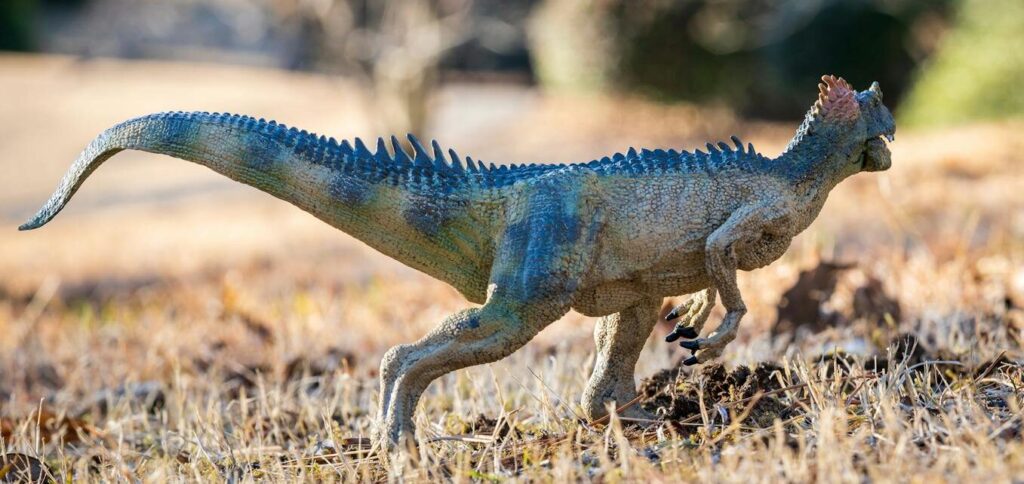
In terms of length, a fully grown Tyrannosaurus rex measured approximately 40 feet from nose to tail, which is remarkably similar to the length of a standard full-size school bus. This parallel in length creates an interesting visualization: if a T-rex were to lie down parallel to a school bus, they would occupy roughly the same amount of space lengthwise. However, the distribution of that length differs significantly between the two. While a school bus maintains a consistent height along its length, the T-rex’s body varied dramatically from its massive skull to its powerful tail. This similar footprint in terms of length helps us understand just how substantial these prehistoric predators truly were.
The T-Rex’s Massive Head
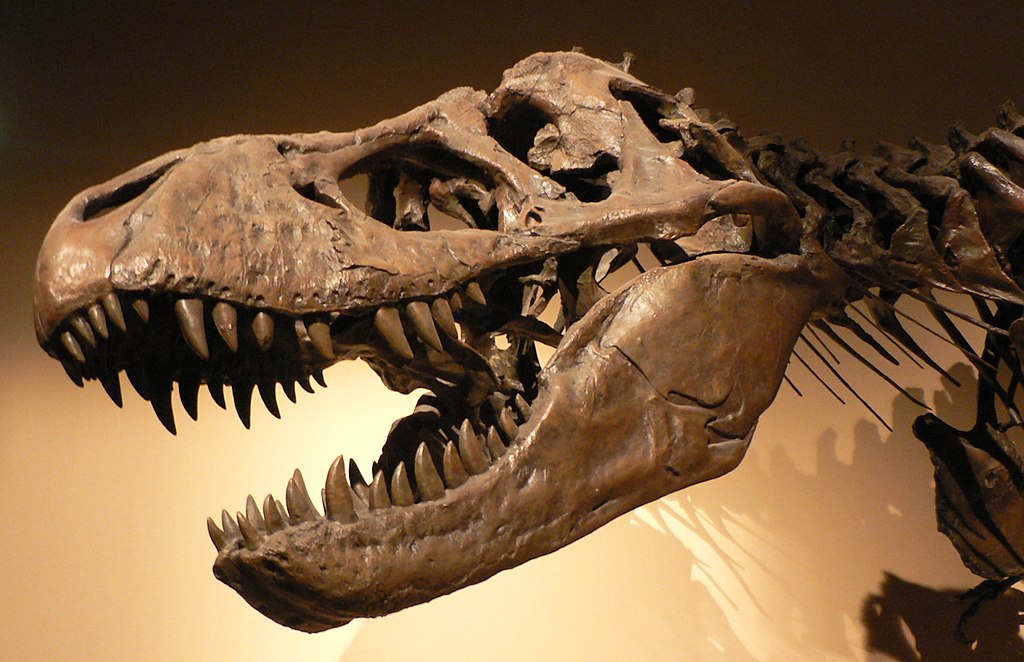
The Tyrannosaurus rex possessed one of the largest heads of any land predator in Earth’s history, measuring approximately 5 feet in length. To put this in perspective, the T-rex’s skull alone was about the same size as the hood of many school buses or longer than the height of an average human adult. This massive head housed a brain roughly the size of a human’s, though proportionally smaller relative to body size. The skull contained powerful jaw muscles and teeth designed for crushing bone, with some individual teeth reaching up to 12 inches long including their roots. If placed against a school bus window, a T-rex skull would cover multiple passenger windows, giving us a striking visualization of its impressive dimensions.
Weight Distribution and Center of Mass
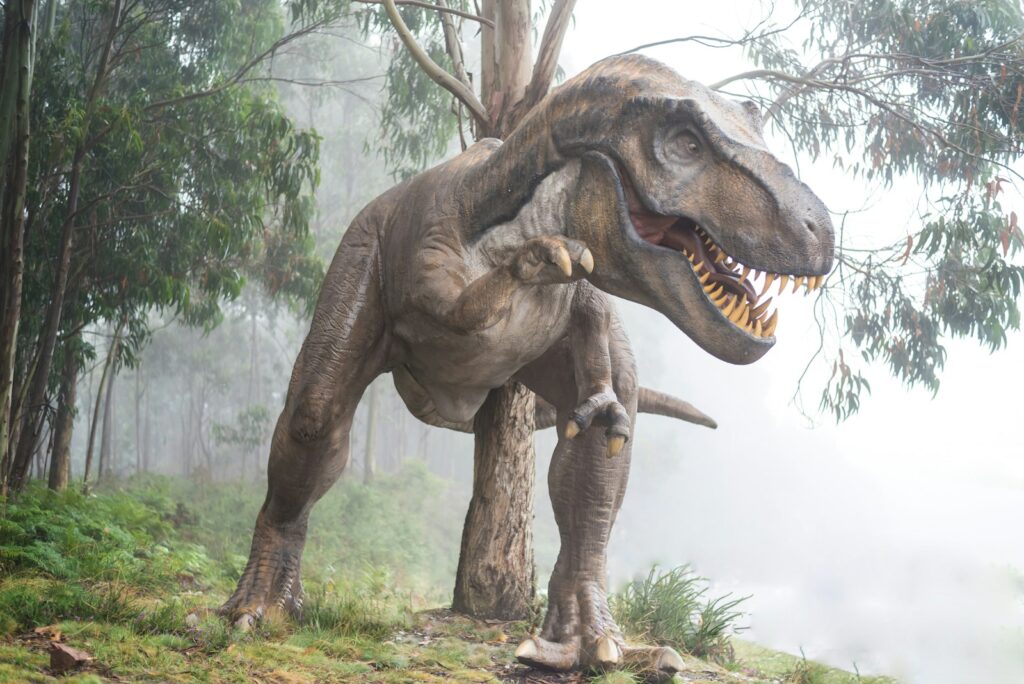
Despite similar overall weights, T-rex and school buses distributed their mass very differently. A school bus has its weight fairly evenly distributed across its chassis, with a center of gravity designed for stability on roads. In contrast, the T-rex had a much more dynamic weight distribution, with its massive head and powerful tail serving as counterbalances to maintain equilibrium. Paleontologists believe the T-rex’s center of mass was positioned right between its powerful hind legs, allowing for stability despite its top-heavy appearance. This sophisticated balancing system enabled these giants to move with surprising agility despite weighing as much as a school bus. The dinosaur’s specialized skeletal structure, including hollow bones in some areas, helped manage this impressive mass more efficiently than human-engineered vehicles.
The T-Rex’s Imposing Presence
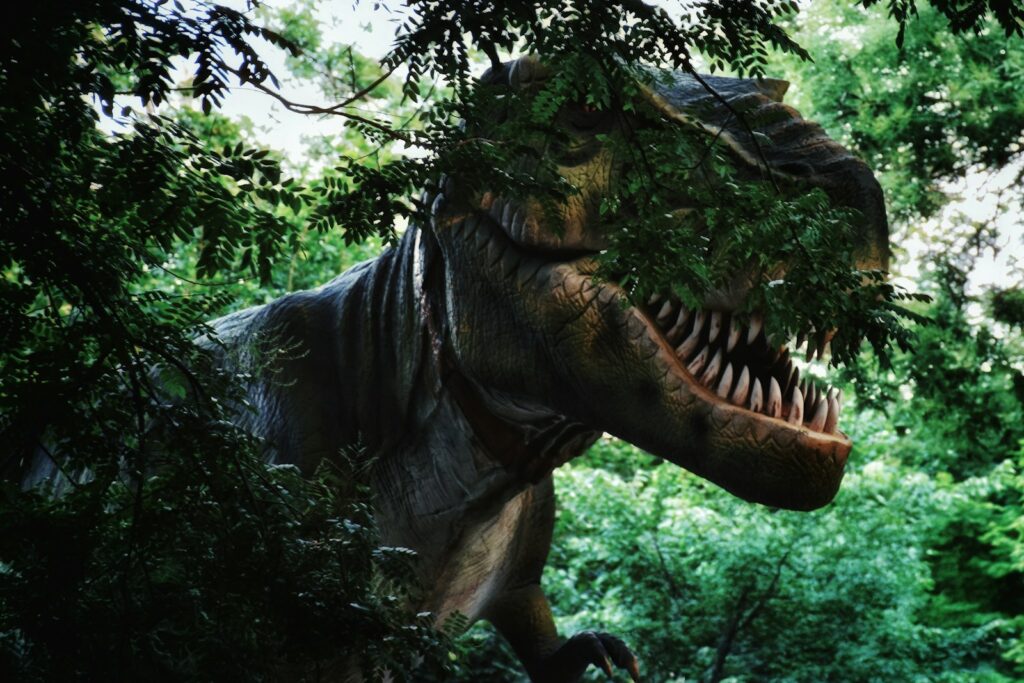
Beyond raw measurements, the T-rex’s presence would have been significantly more intimidating than a school bus due to its biological nature. While a school bus is a static, rectangular object, the T-rex was a dynamic predator with powerful limbs, sharp teeth, and the ability to move at surprising speeds. Standing beside a school bus, a T-rex would have appeared more imposing due to its organic shape, with its head raised high above the ground and its massive jaws capable of delivering one of the strongest bites in animal history. The dinosaur’s living presence, complete with breathing, movement, and likely vocalizations, would have created an experience fundamentally different from standing beside a vehicle of similar dimensions. This living quality makes direct size comparisons somewhat limited in conveying the true nature of the animal.
Visualizing the Comparison in Museums
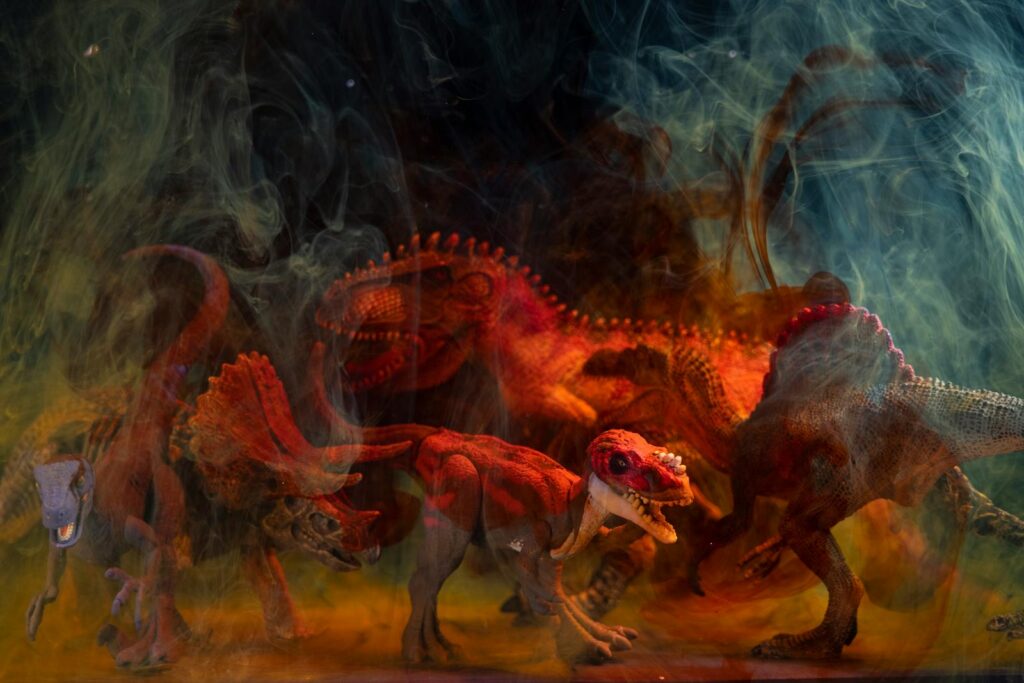
Many natural history museums have created exhibits that help visitors visualize the size of a T-rex relative to familiar objects. Some museums place T-rex skeletons or models beside silhouettes or scale models of vehicles, including school buses, to provide immediate size context. The American Museum of Natural History in New York, the Field Museum in Chicago with its famous T-rex “Sue,” and the Royal Tyrrell Museum in Alberta, Canada, all feature impressive T-rex displays with contextual size comparisons. These exhibits are specifically designed to help visitors grasp the true dimensions of these prehistoric giants by relating them to familiar modern objects. The dramatic impact of seeing a full-sized T-rex skeleton towering near the height of a school bus creates a memorable impression that raw numbers alone cannot convey.
Scientific Accuracy of Size Estimates

The size estimates for Tyrannosaurus rex have evolved significantly over the decades as new fossil discoveries and advanced research methods have improved our understanding. Early estimates from the early 20th century often underestimated the dinosaur’s size, while some popular culture depictions have exaggerated it. Modern paleontological research uses sophisticated techniques including 3D scanning, biomechanical modeling, and comparative anatomy to arrive at more accurate dimensions. The most complete T-rex specimens, including “Sue” and “Stan,” have provided valuable data points for establishing reliable size ranges. It’s worth noting that individual T-rex specimens varied in size, just as school buses come in different models and lengths, so any comparison represents average or typical specimens rather than absolutes.
Growth Patterns and Age Factors
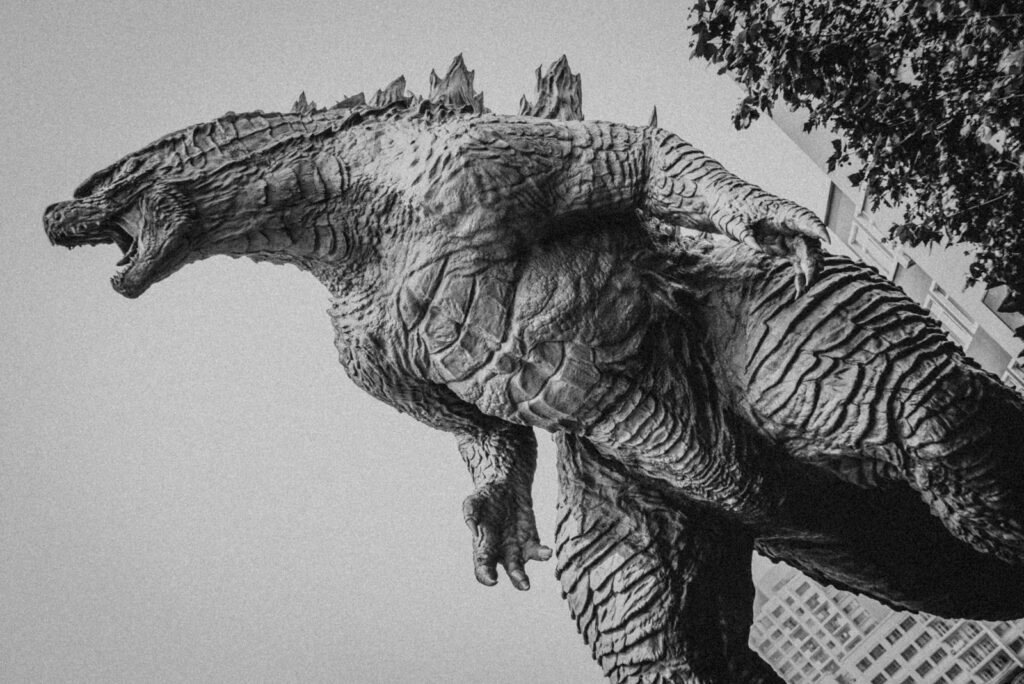
Unlike school buses, which are manufactured to consistent specifications, T-rex individuals varied in size based on factors including age, sex, and individual variation. Juvenile T-rexes were significantly smaller than adults, with dramatic growth spurts occurring during their development. Research suggests that T-rexes experienced rapid growth during their teenage years, gaining up to 4.6 pounds per day during peak growth periods. A T-rex at different life stages would present dramatically different comparisons to a school bus—from a juvenile the size of a large dog to a full-grown adult towering over the vehicle. This growth pattern, revealed through bone histology studies, shows that T-rexes took approximately 20 years to reach their full adult size, making any size comparison age-dependent.
T-Rex Size in Environmental Context
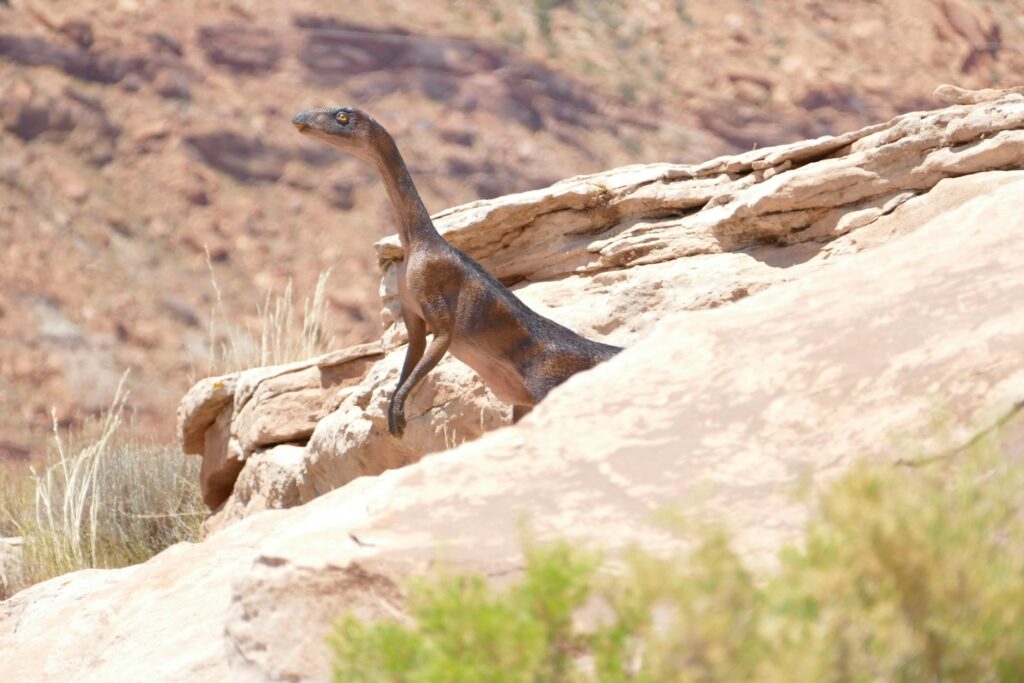
While comparing a T-rex to a school bus helps modern humans conceptualize its size, understanding the dinosaur’s dimensions in the context of its natural environment provides additional perspective. In the Late Cretaceous period (about 68-66 million years ago), T-rex shared its habitat with other enormous dinosaurs, including Triceratops and Edmontosaurus, which were of comparable size but different builds. The T-rex evolved its impressive stature as an apex predator in an ecosystem where large body size offered hunting advantages. Unlike a school bus, which exists in a human-built environment designed to accommodate it, the T-rex’s size developed through natural selection in response to its environment and ecological niche. This evolutionary context explains not just how big the dinosaur was, but why it reached such impressive dimensions.
Pop Culture Influences on Size Perception

Our perception of T-rex dimensions has been significantly influenced by popular media depictions, some more accurate than others. Films like “Jurassic Park” brought these creatures to life for modern audiences, though some artistic liberties were taken with their size and proportions. In some cases, movies have depicted T-rexes as larger than they actually were for dramatic effect, sometimes showing them towering over vehicles much larger than school buses. These exaggerated portrayals can skew public understanding of the dinosaur’s true dimensions. Scientific documentaries have generally provided more accurate size comparisons, often using school buses or other common vehicles as reference points to help viewers grasp the actual scale of these prehistoric predators. The difference between scientific reconstructions and fictional depictions highlights the importance of evidence-based size comparisons.
Educational Value of Size Comparisons

Comparing T-rex dimensions to familiar objects like school buses serves a valuable educational purpose beyond simple curiosity. These comparisons help make paleontological concepts more accessible and memorable, particularly for younger students who may struggle with abstract measurements. When children can visualize a dinosaur relative to something they see every day, like their school bus, they develop a more concrete understanding of prehistoric life. This comparison approach is used extensively in educational materials, museum displays, and science communication to bridge the gap between scientific knowledge and public understanding. By anchoring the unfamiliar (an extinct dinosaur) to the familiar (a school bus), educators create mental hooks that help information stick and stimulate further interest in paleontology and natural history.
The Future of T-Rex Size Research

Research into dinosaur dimensions continues to evolve as new fossils are discovered and analytical techniques improve. Future discoveries of T-rex specimens may refine our understanding of their size range and average dimensions. Advanced technologies like computational fluid dynamics are helping researchers better understand how these massive creatures moved and functioned, potentially leading to revised size estimates based on biomechanical constraints. Additionally, new findings about dinosaur soft tissue, muscle attachment, and posture continue to enhance our visualization of these animals beyond their skeletal dimensions. As our knowledge grows, the comparison between T-rex and school bus dimensions may be refined, though the general scale relationship will likely remain valid. This ongoing research reminds us that science continuously refines our understanding of prehistoric life.
Conclusion
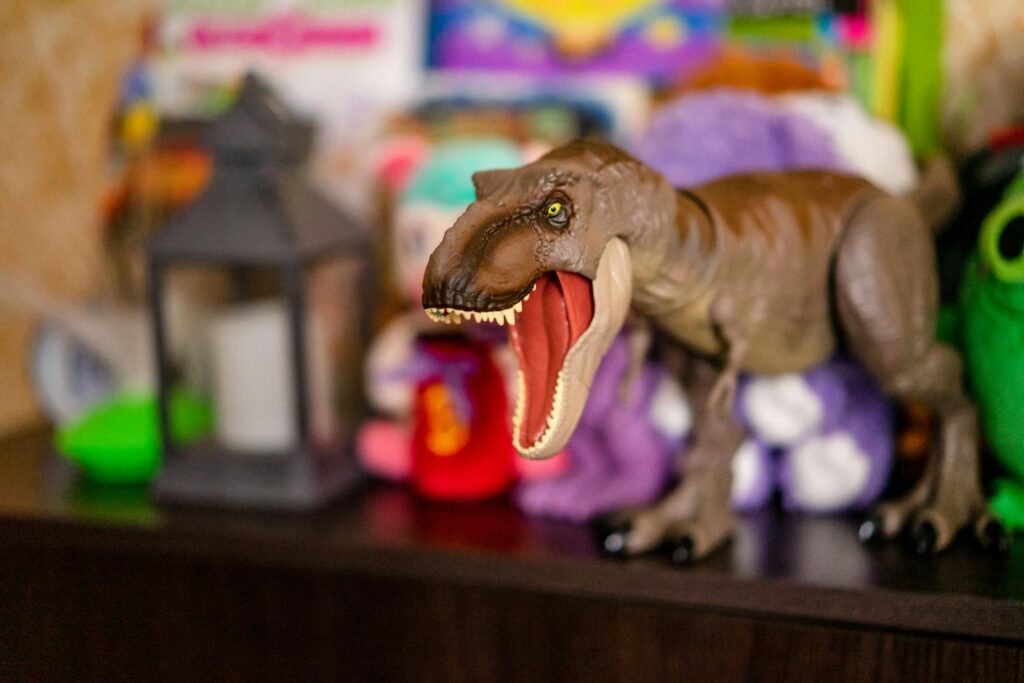
In conclusion, an adult Tyrannosaurus rex stood slightly taller than a typical school bus when at full height, with its head potentially reaching 15-16 feet compared to the bus’s 10-11 foot height. Both the dinosaur and the vehicle share similar length dimensions of approximately 40 feet, though with dramatically different proportions and weight distributions. This comparison helps us visualize the truly impressive scale of one of history’s most formidable predators. While no precise one-to-one comparison can fully capture the dynamic nature of a living T-rex, the school bus analogy provides a useful reference point that helps modern humans grasp the sheer magnitude of these magnificent prehistoric creatures that once dominated Earth’s landscapes.




